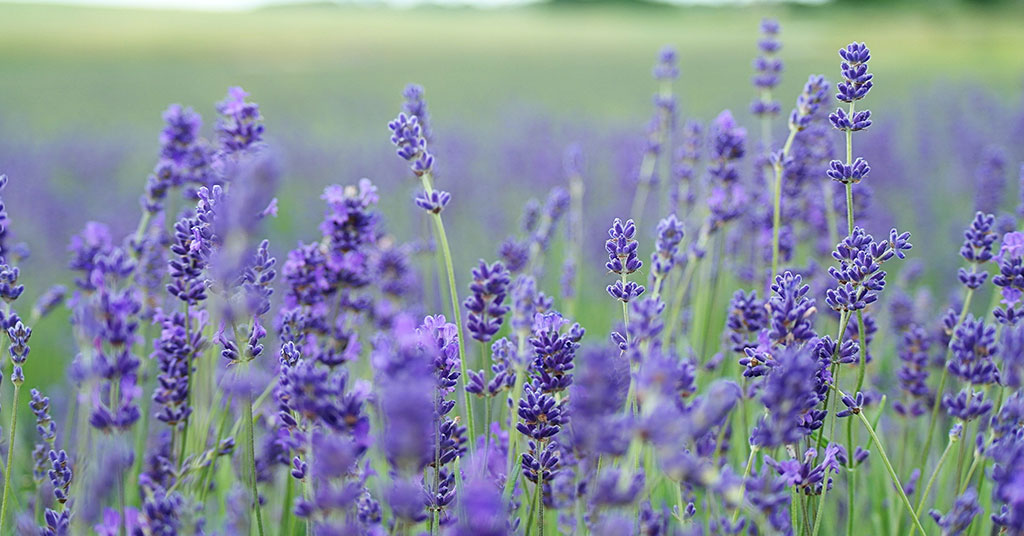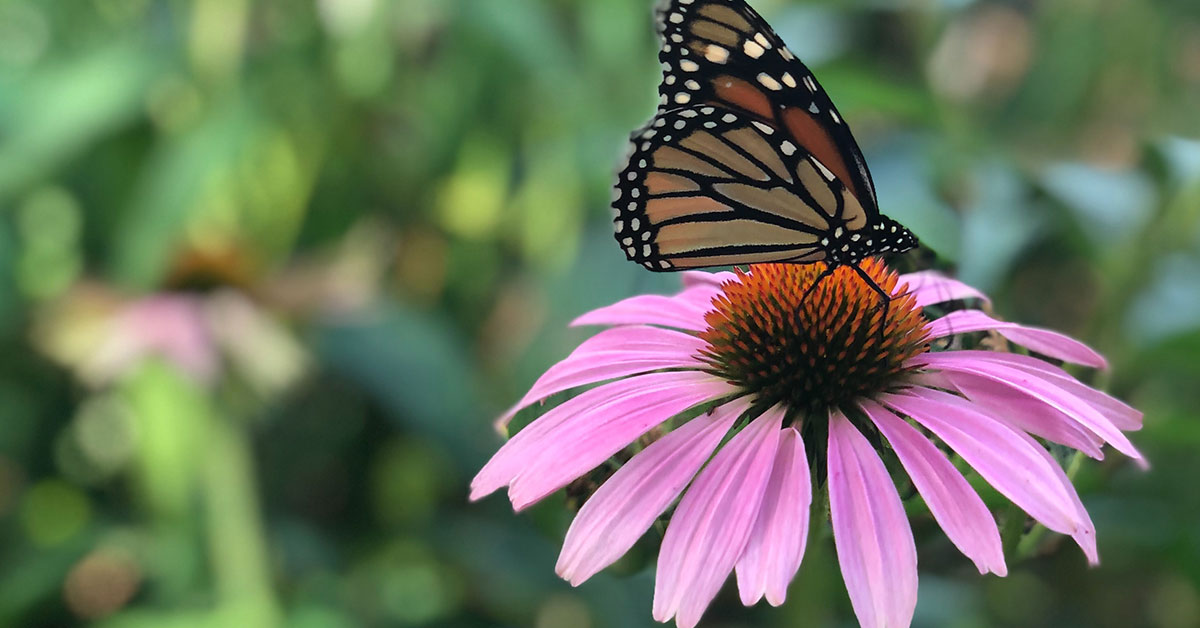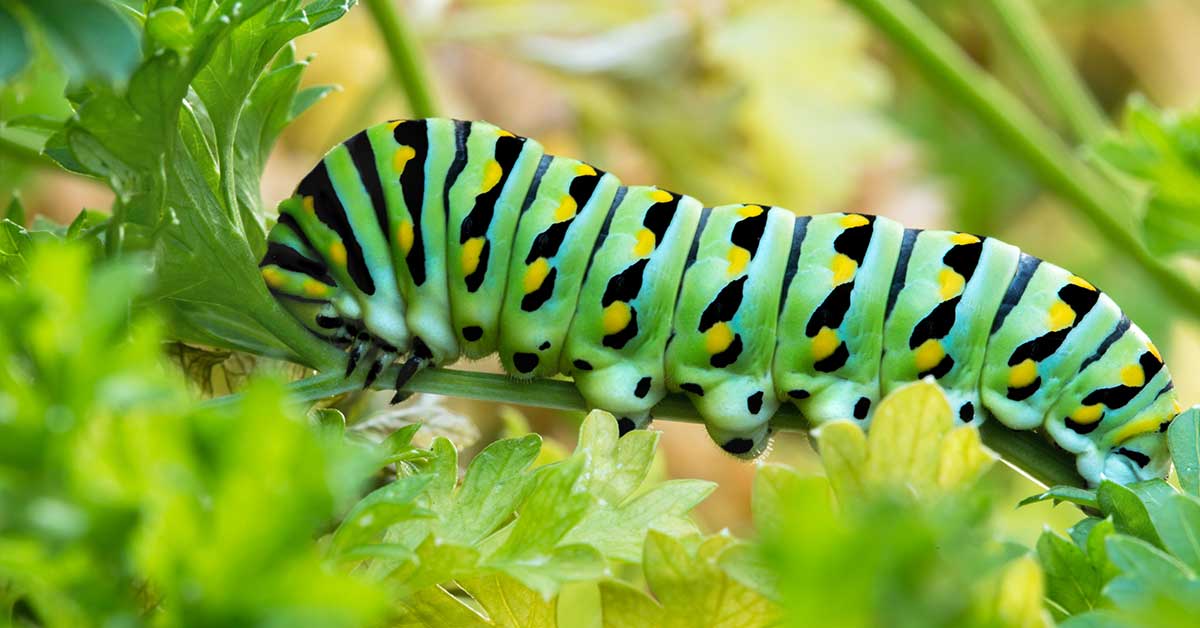My garden changes every year. I rarely grow the exact same things year after year. But lavender, which is a perennial in my region, is something I always have growing. It is one of my favorite plant choices for intensively cared-for gardens or low-maintenance landscaping. The plants are fragrant, the flowers are beautiful, and native pollinators like bumblebees LOVE them. Let’s talk about how to grow lavender.
What is lavender
Before I plant anything in my garden, I want to make sure that I know everything I need to about the plant. So let’s talk about what lavender is.
Lavender belongs to the same family of plants as sage, thyme, and mint. There are 45 different species of plant, some that grow as annuals (for just one year) or as perennials (coming back year after year.) Some types of lavender grow as a perennial bush with woody stems. There are incredibly hardy varieties of lavender that do well in desert conditions.
How to grow lavender
Lavender is not a picky plant. It’s hardy, provided that you’re planting the right plant in the right hardiness zone, and it needs little care. Your lavender plant will want full sun and well-drained soil. Lavender’s favorite type of soil is sandy loam. They would prefer not to be fertilized.
When it comes to watering your lavender, less is more. If you’ve overwatered your lavender, you can harm and even kill it. Lavender can also be killed by extreme winter conditions. If it gets very cold where you live, lavender may not be able to thrive as a perennial plant.
Can you grow lavender in containers?
This is a common question about lavender and the answer is a resounding yes! Lavender is perfectly content being planted in a container, provided it’s a larger one. If you live in an area that gets excessively cold, you can bring your potted lavender indoors or keep in a cool room.
Do you need to prune lavender?
Need is a strong word. Pruning lavender is something you can do but it’s not really necessary. Most lavender plants can grow without pruning and look fine. You can be proactive and take off dead branches of the plant if you want, but lavender needs very very little care from you in order to thrive.
How fast does lavender grow?
Lavender is a robust grower once established. It’s able to double its size each growing season for approximately the first 5 years of life. Following that, growth slows some. By the time your lavender is 8 years old, it has likely reached full size.













